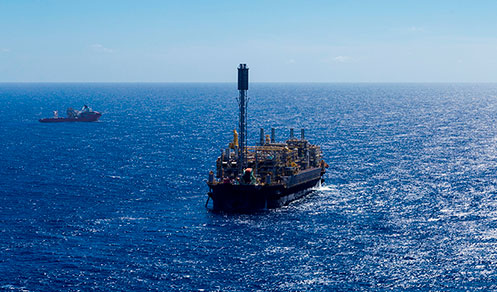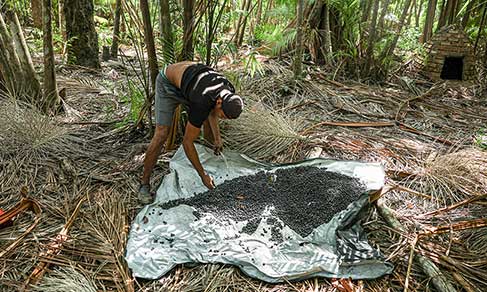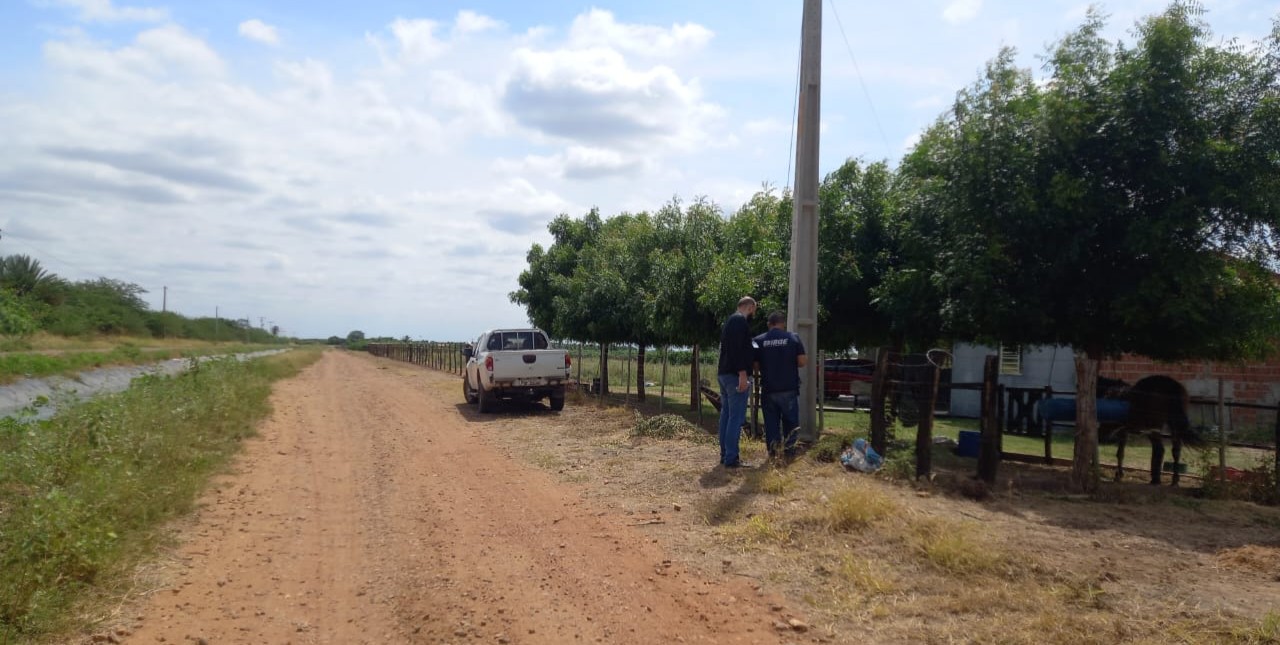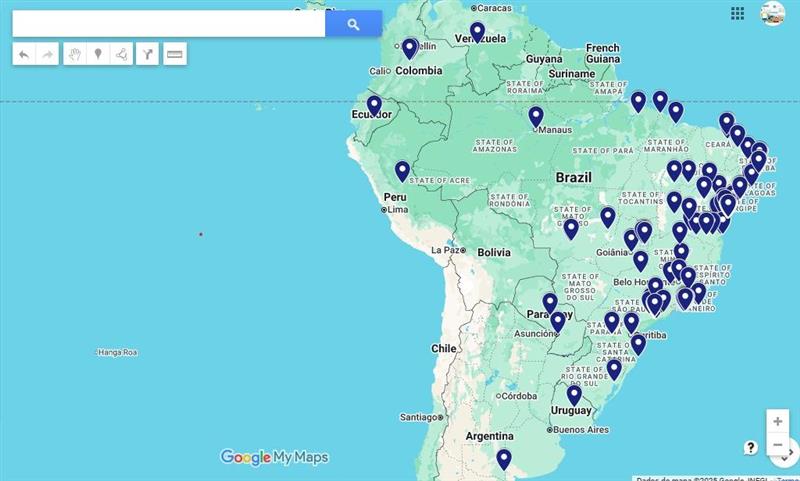IPCA
Inflation hits 0.67% in June, driven by food products
July 08, 2022 09h00 AM | Last Updated: July 12, 2022 01h02 AM

Inflation hit 0.67% in June after a change of 0.47% in the previous month. The increase was mainly influenced by the increase of 0.80% of the group food and beverages, which is very significant to the general index (21.26%). In the year, cumulative inflation is 5.49% and, in the last 12 months, 11.89%. The data are from the Extended National Consumer Price Index - IPCA, released today (8) by the IBGE.
“The result was influenced by the rise of food away from home (1.26%), mainly meals (0.95%) and snacks (2.21%). In the last few months, these items have not risen as food at home, such as carrots and tomato, and remained stable. As well as other services, characterized by a repressed demand during the pandemic, there is also recovery in the search for food away from home? That is reflected in prices,” says Pedro Kislanov, manager of the survey.
The researcher mentions another factor with an impact on the June index: the rise of health insurance (2.99%). “In May, ANS (National Health Agency) authorized price adjustments of up to 15.50% in individual health insurance plans, in effect from May up to April 2023. In IPCA, there was, in June, appropriation of monthly fractions of May and June, which had a severe impact on these results.” Health insurance accounted for the main individual impact on the monthly index (0.10 p.p.) and led to an increase of 1.24% in the group of health and personal care.
In food and beverages, other items with price rises were long life milk (10.72%) and pinto beans (9.74%). As a result, food at home rose 0.63%. But there were also important decreases in this group, such as carrots, whose prices had fallen in May (-24.07%) and remain falling in June (-23.36%). Among other essencial items for Brazilian meals which recorded decrease are onions (-7.06%), potatoes (-3.47%) and tomatoes (-2.70%).
“Two factors have an influence of the fall of those prices. The first one is the seasonal aspect: in the first three months of the year, it is still summer and there is rain. That can damage production and, as a consequence, prices rise. From April and May, the wheather became gradually dry and that improved production, supply increases and prices fall. Another aspect is that the prices of these products rose in the first few months of the year and, with a high basis for comparison, they are expected to fall,” says Kislanov, who also calls attention to the role of consumers when it comes to fall of prices, as consumers usually replace products. “In this case, retail trade is forced to reduce prices.”
In transportation, which accounted for thebiggest contribution to the general index, the rise of 0.57% meant decelertion from the previous month (1.34%). In June, the result was affected by the decrease of 1.20% in fuels. The prices of gasoline, most relevant item in the IPCA, fell 0.72%, whereas ethanol fell 6.41% and diesel rose 3.82%. But the biggest change and the main positive impact (0.06 p.p) came from airfares, which rose 122.40%, in 12 months.
“There were also adjustments in air fares and intercity buses in some locations, such as Salvador and Aracaju,” Mr. Kislanov highlights. As a result, urban bus fares rose 0.72%.
In apparel, which recorded the biggest change among the groups surveyed by the IPCA (1.67%), the highlights were men’s clothing (2.19%) and women’s clothing (2.00%). The prices of children’s clothing (1.49%) and of footwear and accessories (1.21%) also rose in June. “This group has recorded increases moonth after month.” One of the explanations is the rise of prices of raw material, mainly of cotton. There is also the indirect influence of other factors, such as the rise of fuels,” says the researcher.
Considering housing, the inflation of 0.41% is a result of the price adjustments of water and sewage (2.17%) in some areas of the country, such as Belém, São Paulo, Campo Grande and Curitiba. In terms of negative results, electricity fell 1.07%, after a decrease in 7.95% in May. The green tariff flag was in force between December 2018 and April 2019, a period during which there was no extra charge in electricity bills.
The survey manager presents an overall view of inflation in the first semester of 2022. “In the first quarter in the year, the highlight was the rise of food products, such as carrots. In March and April, gasoline and pharmaceuticals rose. In the second quarter, we have seen the redduction of the level in the overall index, which was above 1% and, in May, hit 0.47% and in June, in 0.67%,” Mr. Kislanov explains.
INPC rises 0.62% in June
A alta do Índice Nacional de Preços ao Consumidor (INPC) foi de 0,62% em junho, acima do registrado no mês anterior (0,45%). O índice acumula alta de 5,61% no ano e de 11,92% nos últimos 12 meses. Os produtos alimentícios passaram de 0,63% em maio para 0,78% em junho. Os não alimentícios passaram de 0,39% para 0,57%.
More about the survey
The rise of the National Consumer Price Index (INPC) was of 0.62% in June, above the figure in the previous month (0.45%). The index registers a cumulative increase of 5.61% in the year and of 11.92% in the last 12 months. Food products went from 0.63% in May to 0.78% in June. Non-food products changed from 0.39% to 0.57%. See the data at Sidra.

















